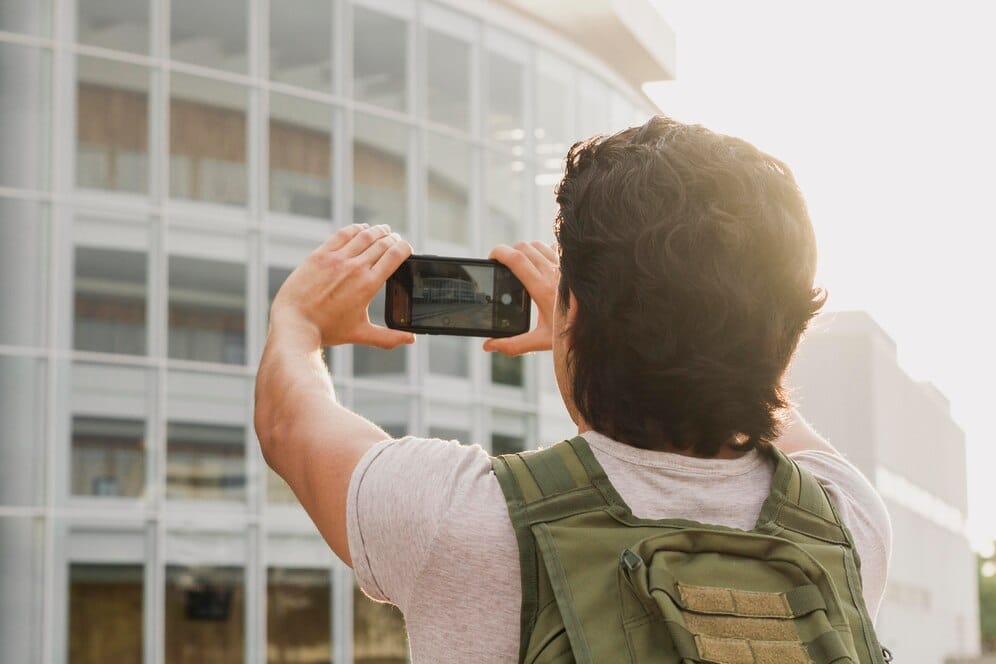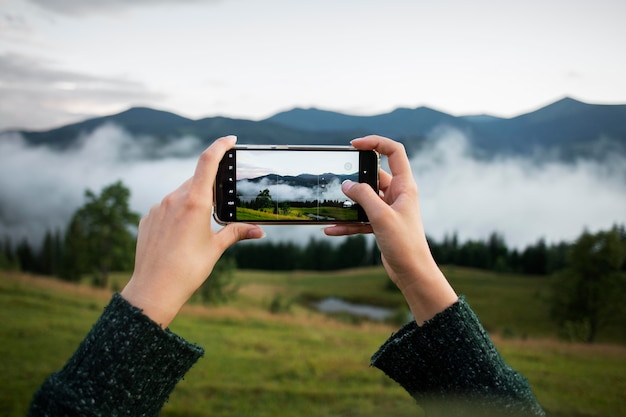Smartphone Photography: Tips and tricks for better pictures
Smartphone photography has revolutionized the way we capture and share moments, allowing anyone with a smartphone to become a skilled photographer.


Smartphone photography has revolutionized the way we capture and share moments, allowing anyone with a smartphone to become a skilled photographer. With the right techniques and a little creativity, you can take stunning photos that rival those taken with professional cameras. In this guide, we'll explore some tips and tricks for improving your smartphone photography and capturing better pictures.
1. Clean Your Lens
Before taking a photo, always make sure to clean your smartphone lens with a soft, lint-free cloth. Smudges and fingerprints can degrade the quality of your photos, so keeping your lens clean ensures crisp and clear images.
2. Use Natural Light
Natural light is the best source of illumination for photography, so whenever possible, try to shoot in well-lit environments. Avoid using the flash whenever possible, as it can create harsh shadows and wash out colors. Instead, position yourself near a window or shoot outdoors during the golden hour—the hour after sunrise or before sunset—when the light is soft and flattering.
3. Focus and Composition
Take the time to compose your shot and focus on your subject. Most smartphones allow you to tap on the screen to set the focus and exposure point. Experiment with different compositions, such as the rule of thirds, leading lines, and framing, to create visually engaging photos.
4. Experiment with Angles and Perspectives
Don't be afraid to experiment with different angles and perspectives to add interest to your photos. Try shooting from high or low angles, or get creative with unusual perspectives to capture unique and compelling images.
5. Use HDR Mode
High Dynamic Range (HDR) mode can help you capture better photos in high-contrast lighting situations, such as bright sunlight or backlit scenes. HDR mode combines multiple exposures to create a well-balanced image with detail in both the highlights and shadows.
6. Take Advantage of Editing Apps
Editing apps can help you enhance your photos and unleash your creativity. Experiment with apps like Snapseed, Adobe Lightroom, or VSCO to adjust exposure, contrast, saturation, and apply filters to give your photos a professional look.
7. Experiment with Manual Settings
Many smartphones offer manual camera settings that allow you to have more control over your photos. Experiment with adjusting settings like ISO, shutter speed, and white balance to achieve the desired look and feel for your photos.
8. Use Burst Mode for Action Shots
Burst mode is a handy feature for capturing fast-moving subjects or action shots. Simply hold down the shutter button to take a rapid series of photos, then select the best shot from the burst sequence.
9. Keep Your Smartphone Steady
To avoid blurry photos, keep your smartphone steady while taking pictures. Use both hands to hold your phone, or consider using a tripod or stabilizer for added stability, especially in low-light situations or when shooting long-exposure photos.
10. Practice, Experiment, and Have Fun
The key to improving your smartphone photography skills is practice, experimentation, and creativity. Don't be afraid to try new techniques, explore different settings, and push the limits of your smartphone camera. Remember to have fun and enjoy the process of capturing and sharing your unique perspective with the world.
By incorporating these tips and tricks into your smartphone photography workflow, you can elevate your photos from ordinary snapshots to stunning works of art. So grab your smartphone, head outside, and start capturing the world around you in all its beauty and wonder.